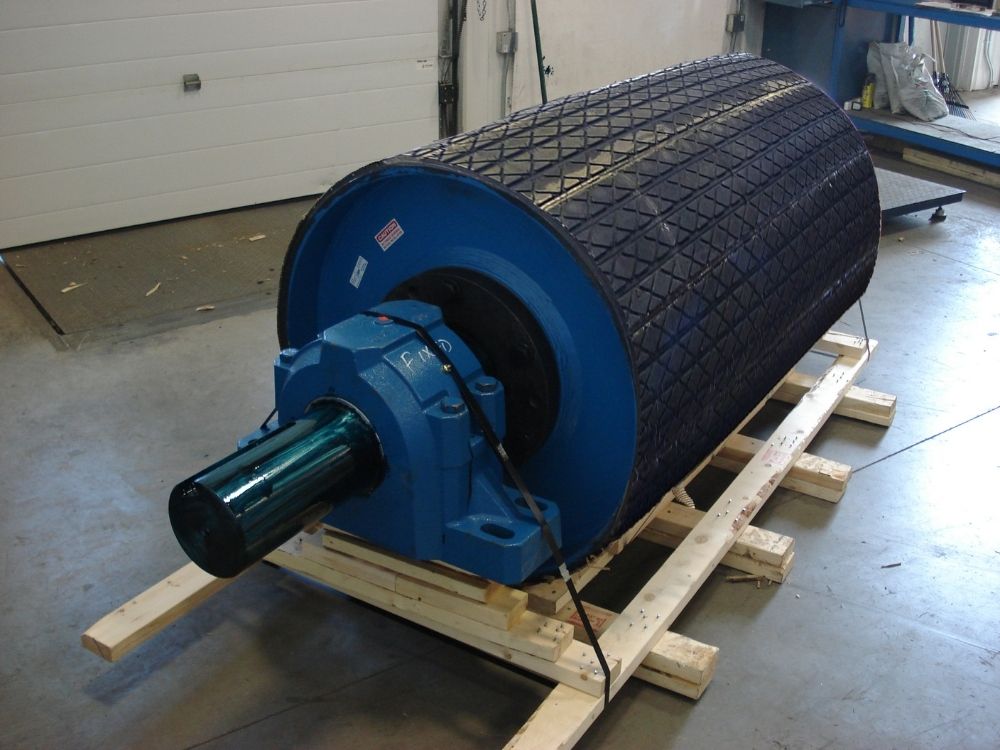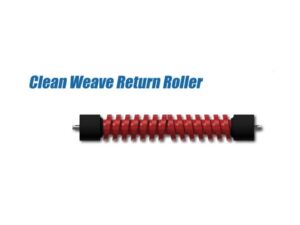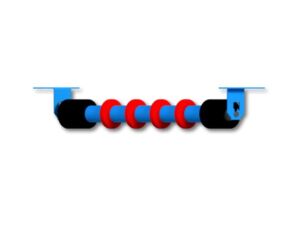Did you know the number of pulley refurbishment and servicing can be greatly reduced with a properly designed system? While the science behind pulley systems is fairly simple, the importance of their design cannot be stressed enough. The main goal of a quality pulley system is to achieve a longer service life and more efficient operations.
We’ve created this article to give you a general idea of how designing a pulley system works. However, it’s important to know that this information is not absolute. Pulley design uses many factors and of course, a specific one requires the expertise of an experienced engineer combined with quality conveyor materials. With that said, let’s review some important factors to know in a pulley system design.

The specific application and environment
Pulleys have been used for centuries and continue to be utilized in many, many applications in our modern world. On a normal day, you’ve likely used a pulley system in one form or another. Jumping on a piece of exercise equipment, opening your garage door as you leave for work, and getting on an elevator in a building are just a few examples of where a simple pulley system is used to make tasks easier and more convenient.
In heavy-duty industries, the application is on a much grander scale. Engineers take the environment into great consideration when designing a pulley system. For example, an industry that experiences constant dust and debris may require a self-cleaning pulley or special bearings and seals to protect against the elements. Environments with wet and dry conditions will need specific pulley lagging and an application with extremely corrosive products will require stronger materials that can support operations.
Industry specifications and standardizations
Most industries need to follow a set of specific safety standards for certain equipment. Additionally, the specifications required by the client can greatly affect the design of the system and its components. With this in mind, some design requests can’t be fulfilled because of safety. Experienced engineers are familiar with safety standards and protocols. They can design a system that meets all of the specifications and safety requirements while providing the solution that the customer needs.
The conveyor design
Pulley system and conveyor design go hand in hand. The following pieces of conveyor information is a general requirement for designing an efficient pulley system:
- Belt width
- Belt tension
- The life expectancy of the bearings based on average operational hours and the load conveyed
- The type and class of conveyor belting
- The angle of the wrap of the belt around the drive pulley
State-of-the-art technology in pulley design is meant to minimize downtime and reduce operational costs. As a leader in pulley manufacturing, Luff delivers quality, custom-designed pulleys that are engineered to handle all types of applications.




